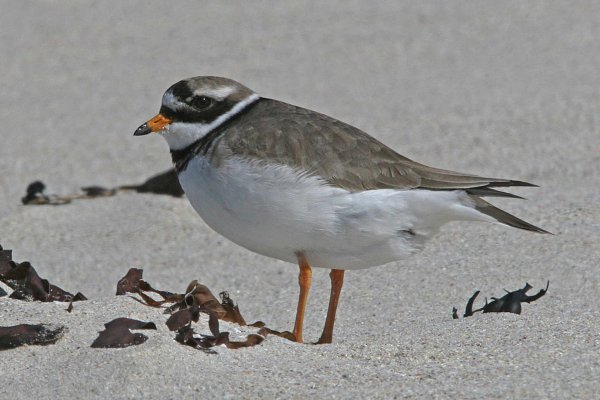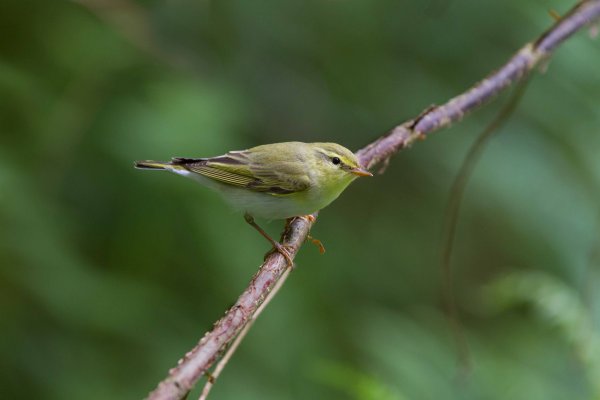BTO publishes peer-reviewed papers in a wide range of scientific journals, both independently and with our partners. If you are unable to access a scientific paper by a BTO author, please contact us.
Search settings
Changes in breeding wader assemblages, vegetation and land use within machair environments over three decades
Author: Calladine, J., Pakeman, R.J., Humphreys, E., Huband, S. & Fuller, R.J.
Published: 2014
The Uists in the Western Isles (Outer Hebrides) are home to a rare habitat known as “machair”, which is a vegetated plain of calcareous shell-sand. This habitat grades into acidic peat-based moorland, creating a unique complex of habitats consisting of dunes, pasture, cultivated sandy plains, damp grassland, wet marsh and emergent loch-edge vegetation. Collectively these habitats support exceptionally large breeding populations of waders, particularly Dunlin, Lapwing, Redshank, Ringed Plover, Oystercatcher and Snipe. There is strong evidence that egg losses to Hedgehogs, which were introduced in the 1970s, have been responsible for declines in some of these populations. However, declines in, for example, Dunlin and Ringed Plover have been recorded in areas not colonised by Hedgehogs, and some increases since 2000 have occurred in breeding wader species at sites known to support high numbers of Hedgehogs, suggesting other factors might also be at play.
01.01.14
Papers Bird Study

River birds' response to hydrological extremes: new vulnerability index and conservation implications
Author: Royan, A., Hannah, D.M., Reynolds, S.J., Noble, D.G. & Sadler, J.P
Published: 2014
01.01.14
Papers
Carry-over effects from passage regions are more important than breeding climate in determining the breeding phenology and performance of three avian migrants of conservation concern
Author: Finch, T., Pearce-Higgins, J.W., Leech, D.I. & Evans, K.L.
Published: 2014
Migrant birds are likely to be particularly vulnerable to climate change because they can be affected by changing conditions on the breeding grounds, wintering grounds or passage areas in between. Many long distance migrants that breed in the UK and winter in Africa are in severe decline, and previous BTO work has shown this can be related to changing conditions in Africa, which affect overwinter survival, as well as to conditions on British breeding grounds. BTO research published last year showed that although conditions in Africa can ‘carry-over’ and affect the timing of nesting in this country, the most important factor influencing breeding was spring temperature in the UK.
01.01.14
Papers

Introducing the R-package 'birdring'
Author: Korner-Nievergelt, F. & Robinson, R.A.
Published: 2014
01.01.14
Papers Ringing and Migration
Saving the Spoon-billed Sandpiper: an update on the conservation programme
Author: Clark, N., Pain, D. & Green, R.
Published: 2014
01.01.14
Papers